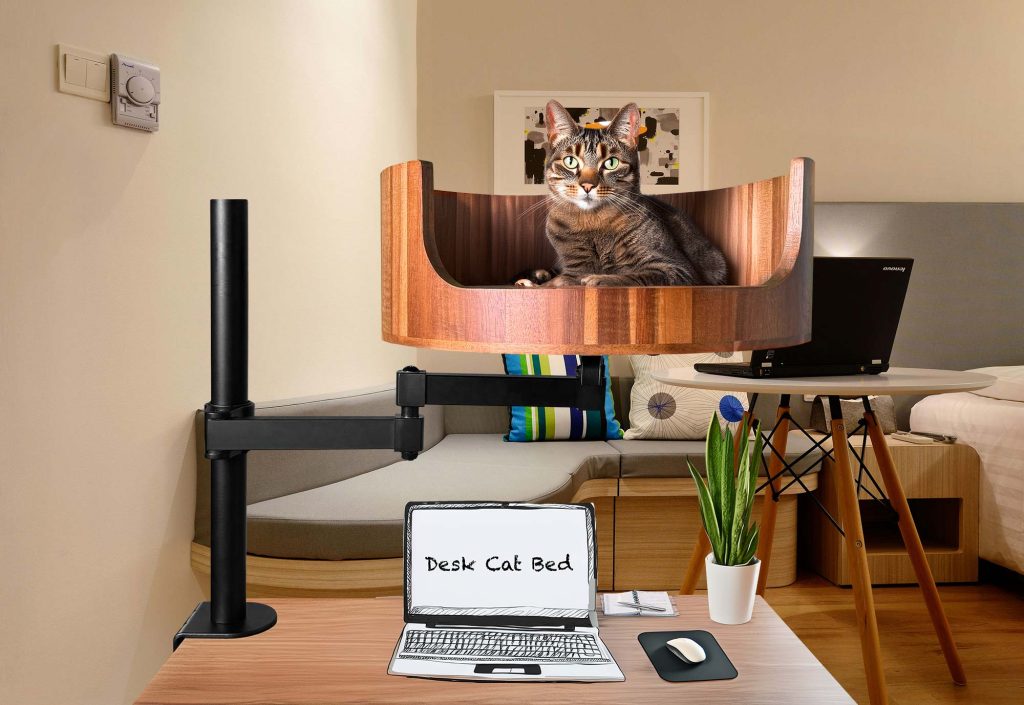Have you ever noticed your cat flicking its tail and wondered what it could mean? Feline behavior can be mysterious and intriguing, and understanding why your cat exhibits certain behaviors can lead to a stronger bond between you and your furry companion. In this article, we will explore the reasons behind why cats flick their tails, providing insight into the complex world of feline communication.
From signals of annoyance to expressions of curiosity, a cat’s tail can convey a wide range of emotions and intentions. By decoding these subtle movements, cat owners can better understand their pets and anticipate their needs. We will delve into the various meanings behind tail flicking, shedding light on the subtle cues that cats use to communicate with their human counterparts. By gaining a deeper understanding of feline behavior, you can foster a closer relationship with your cat and provide them with the care and attention they deserve.
1. Tail flicking in cats is a common behavior that can convey a range of emotions and messages.
2. Cats may flick their tails when they are feeling anxious, excited, or agitated.
3. Understanding the context of tail flicking can help cat owners better interpret their pets’ emotions.
4. Tail flicking can also signal a cat’s desire for space or a warning to potential threats.
5. By observing and responding to their cat’s tail flicking behavior, owners can strengthen their bond and ensure their pet’s well-being.
Understanding Feline Communication through Tail Flicking
Cats use their tails as a form of communication with their owners and other animals. Tail flicking can indicate different emotions or messages depending on how it is done. For example, a slow, deliberate flick may signal annoyance or displeasure, while a rapid, twitchy flick may indicate excitement or agitation. Understanding your cat’s tail language can help you better interpret their moods and respond accordingly.
Expressing Emotions through Tail Flicking
When a cat flicks its tail, it is often a reflection of their emotional state at that moment. A cat may flick its tail to express feelings of anger, fear, or nerves. For instance, a cat may flick its tail vigorously when confronted with a new or threatening situation. On the other hand, a cat may gently flick its tail when feeling content or relaxed. By paying attention to your cat’s tail flicking behavior, you can gain insights into their current emotional state and provide them with the appropriate support or comfort.
Aggression and Defensive Behaviors
In some cases, a cat may flick its tail as a warning sign of aggression or as a defensive behavior. If a cat is feeling threatened or cornered, they may flick their tail as a way to express their discomfort or readiness to defend themselves. It is crucial to recognize these signs and give your cat space or try to diffuse the situation to prevent any aggressive behavior. By understanding the different meanings of tail flicking in cats, you can better navigate their behavior and build a strong bond based on trust and understanding.
Desk Cat Nest FAQ
Why does a cat flick its tail?
A cat may flick its tail as a form of communication. It could indicate that the cat is feeling frustrated, agitated, or excited. Pay attention to other body language cues to determine the underlying reason for the tail flicking.
Is tail flicking always a sign of aggression?
While tail flicking can be a sign of aggression in some cases, it is not always necessarily so. Cats may flick their tails for a variety of reasons, including playfulness, curiosity, or even happiness. It is important to consider the context and other body language signals when interpreting a cat’s tail movements.
Can providing a Desk Cat Nest help reduce tail flicking behavior?
Providing a comfortable and safe space for your cat, such as a Desk Cat Nest, can help reduce stress and anxiety, which may in turn decrease tail flicking behavior. Cats often seek out cozy hiding spots to relax and unwind, so offering a dedicated space like a Desk Cat Nest can be beneficial for their overall well-being.
In conclusion, providing your cat with a comfortable and secure resting place, such as the Desk Cat Bed, can greatly reduce stress and anxiety levels that may lead to tail flicking behavior. The unique design and high-quality materials of the Desk Cat Bed make it an ideal choice for creating a safe and cozy environment for your feline friend. By investing in a Desk Cat Bed, you are not only offering your cat a peaceful sanctuary but also promoting their overall well-being and happiness.


